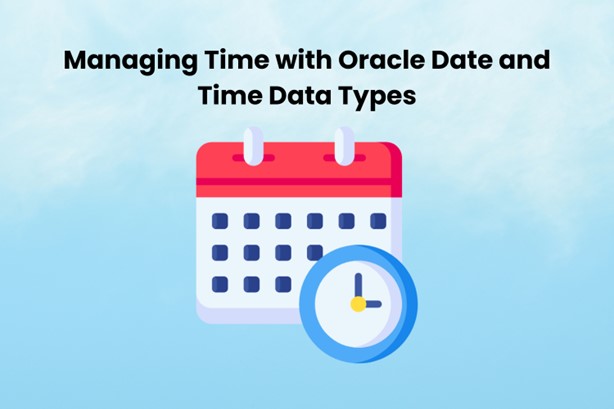Functional testing and non-functional testing are two major categories of software testing, each addressing different aspects of a software application. Here are the key differences between functional testing and non-functional testing:
1. Focus:
-
Functional Testing:
- Focuses on validating that the software functions according to the specified requirements.
- It involves testing the application’s features, user interfaces, data manipulation, and interactions.
-
Non-Functional Testing:
- Focuses on aspects other than specific functionalities, such as performance, usability, security, reliability, and scalability.
2. Objectives:
-
Functional Testing:
- Verifies that the software behaves as expected in various scenarios.
- Ensures that the application meets user requirements and delivers the intended functionality.
-
Non-Functional Testing:
- Evaluates the software’s non-functional attributes, such as how well it performs under various conditions, how usable it is, and how secure it is.
3. Examples:
-
Functional Testing:
- Unit Testing: Testing individual components or functions.
- Integration Testing: Verifying interactions between different components or systems.
- System Testing: Testing the complete and integrated software system.
- Acceptance Testing: Ensuring the software meets user acceptance criteria.
-
Non-Functional Testing:
- Performance Testing: Assessing system responsiveness and scalability.
- Usability Testing: Evaluating the user-friendliness of the software.
- Security Testing: Identifying vulnerabilities and ensuring data protection.
- Reliability Testing: Verifying system stability and availability.
4. Measurability:
-
Functional Testing:
- The results are often binary, indicating whether a specific function works or not.
-
Non-Functional Testing:
- The results are measured on a scale and are more quantitative, assessing attributes such as response time, user satisfaction, or security robustness.
5. Timing:
-
Functional Testing:
- Conducted during the development and testing phases of the software development life cycle.
-
Non-Functional Testing:
- Often conducted after functional testing, focusing on aspects that require a fully integrated system.
6. Test Cases:
-
Functional Testing:
- Involves creating test cases based on functional requirements and specifications.
-
Non-Functional Testing:
- Requires a different set of test cases addressing performance scenarios, security vulnerabilities, usability aspects, etc.
7. User Interaction:
-
Functional Testing:
- Mimics user interactions to validate the application’s functional aspects.
-
Non-Functional Testing:
- Assesses aspects that may not be directly visible to end-users, such as system performance under stress.
Read More… Software Testing Course in Pune













